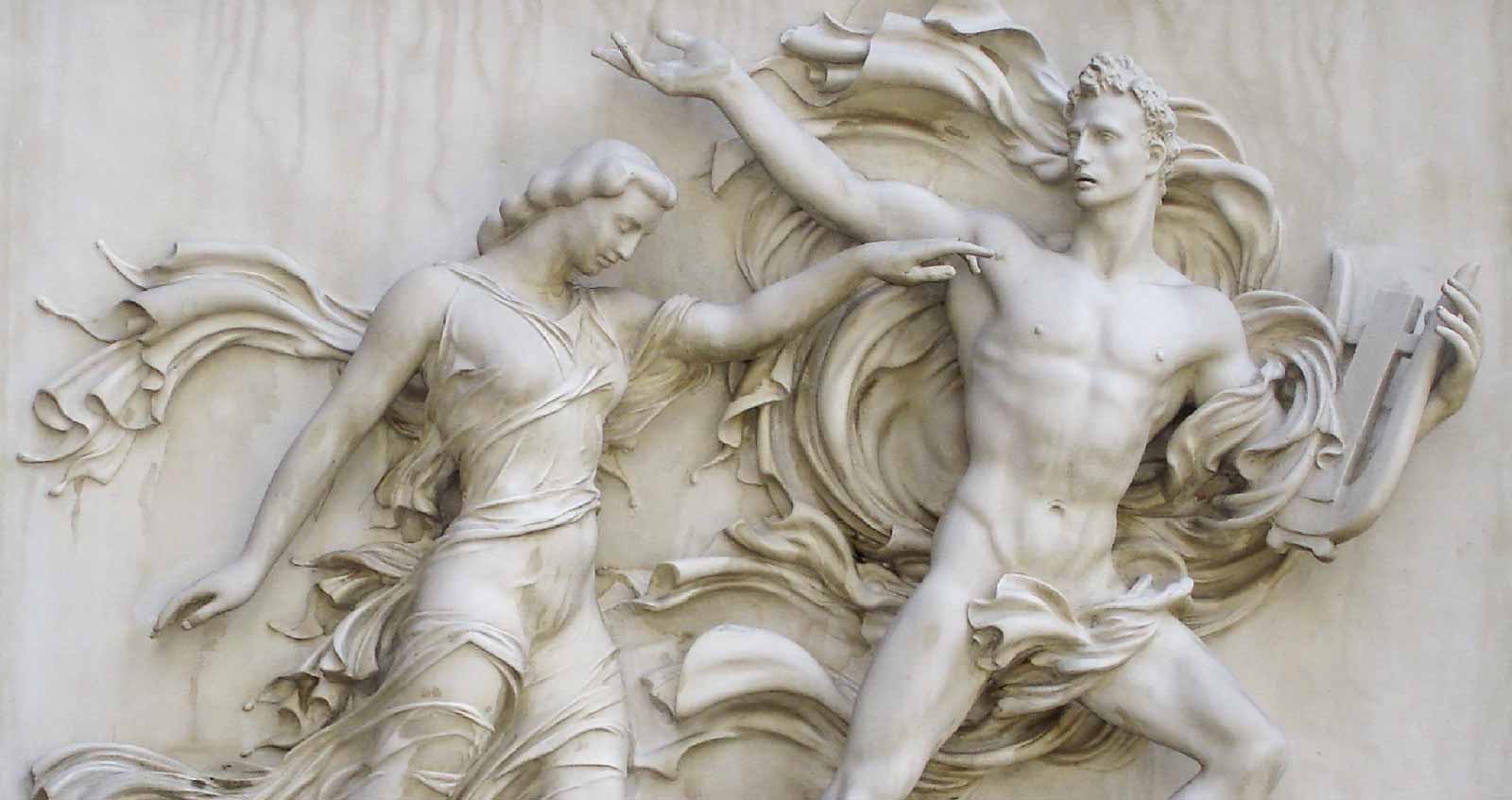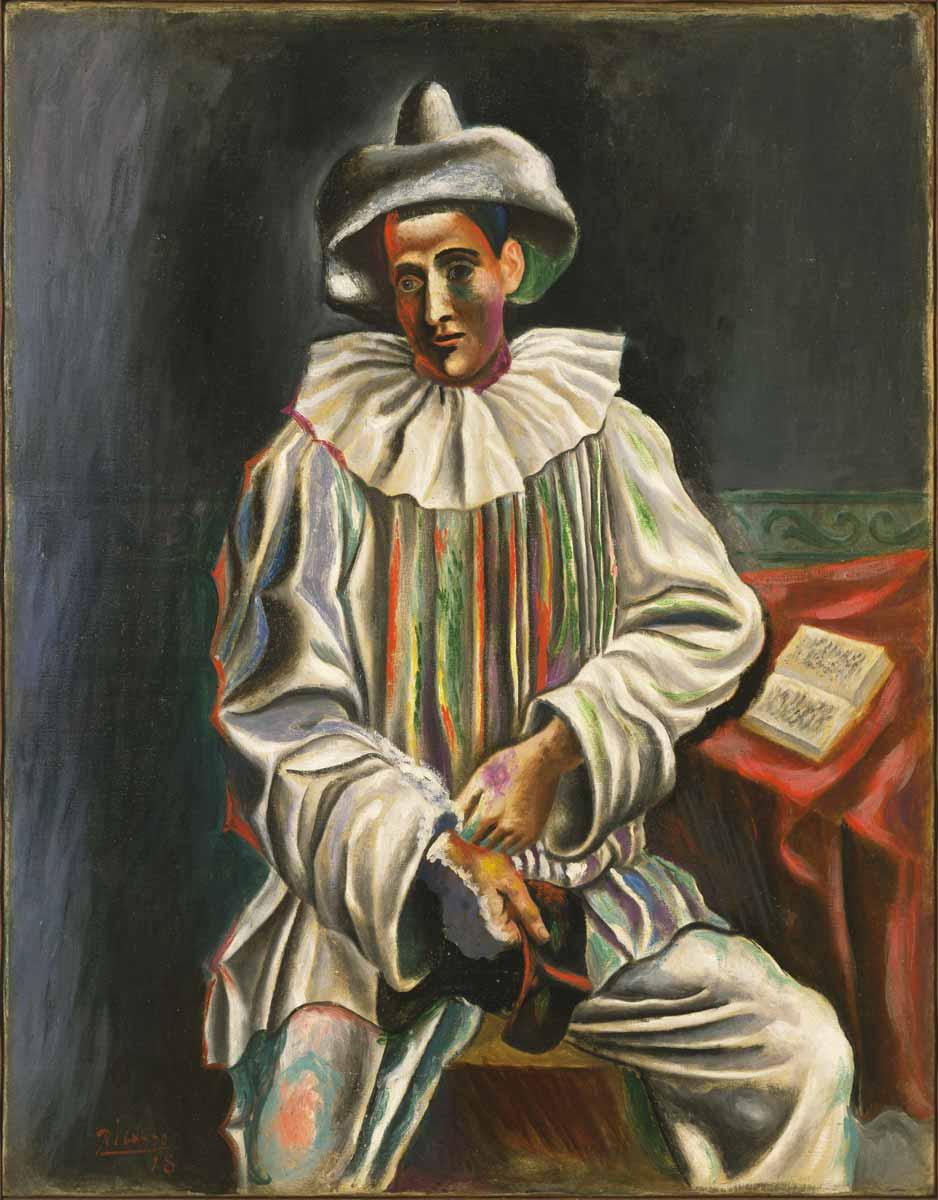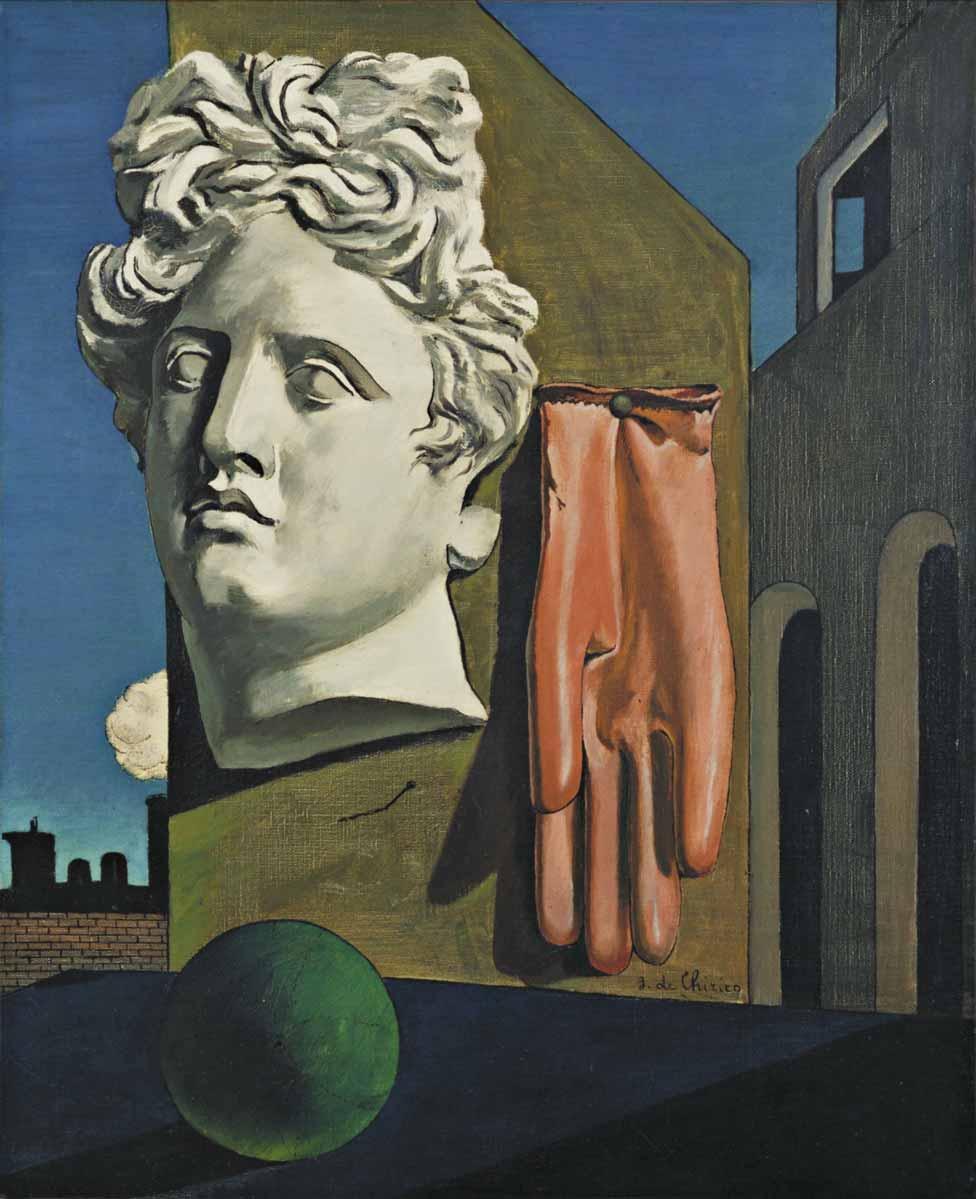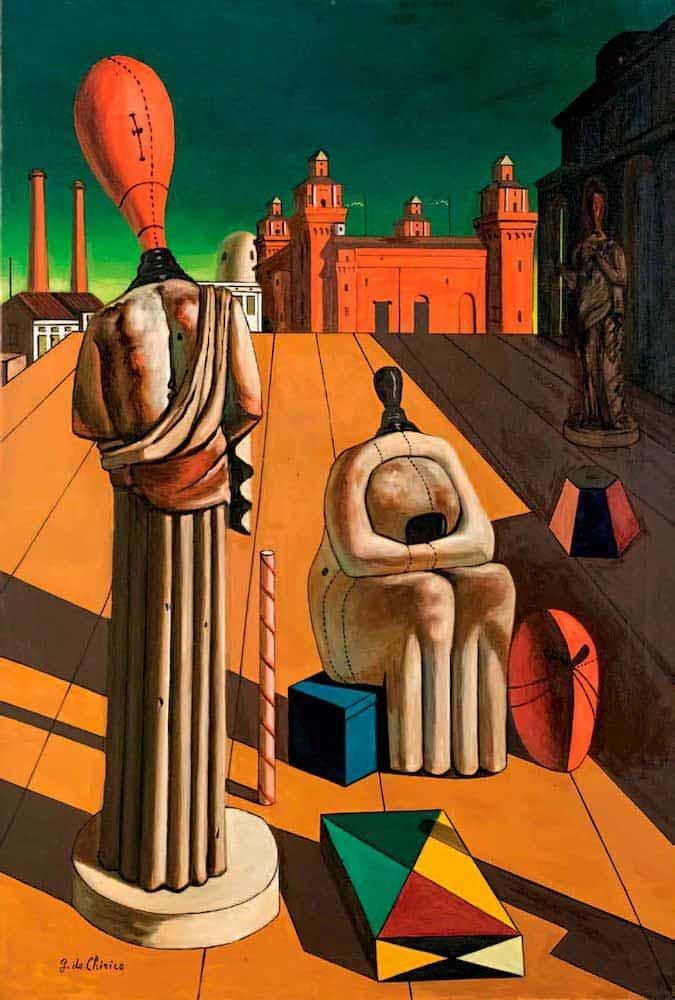Something was going on in the Paris art world in the immediate aftermath of World War I. “In France—yes in France!—the country that up until yesterday laid down the law in matters of art, in France, the very geniuses whose praise Apollinaire sang in his lyrical book on cubism, in France, these much lauded geniuses are now busy drawing careful sketches of the human figure,” observed Italian painter Giorgio de Chirico (1888–1978) in his programmatic essay “Return To Craft,” which appeared in 1919 in the magazine Valori Plastici. “To think that these painters are now doing something done years ago by others whom they used to consider absolute imbeciles!”
After the First World War, European artists—in the realm of all arts, including the visual arts, music, and ballet—started rejecting the extreme avant-garde and looked back to the past centuries. “A Holiday from Modernism” is how The Guardian described the phase in a 2009 review of the National Gallery exhibition Picasso: Challenging The Past.
“The origins of neoclassicism are usually located in the disruptions of World War I. Writers hostile to it have often attempted to write it off as a war-bred hysteria, of which the chief outward manifestation, to quote its fiercest antagonist, was ‘retrogression into the traditional,’” writes Richard Ruskin in the book chapter “Back to Whom? Neoclassicism as Ideology” in his book The Danger of Music. Unfortunately, the value of twentieth-century neoclassicism was tarnished by its being favored by totalitarian regimes: Fascism, National Socialism, and Soviet totalitarianism all display a penchant for classicized plasticity in the arts, either on the ethereal or on the brutalist spectrum.
































